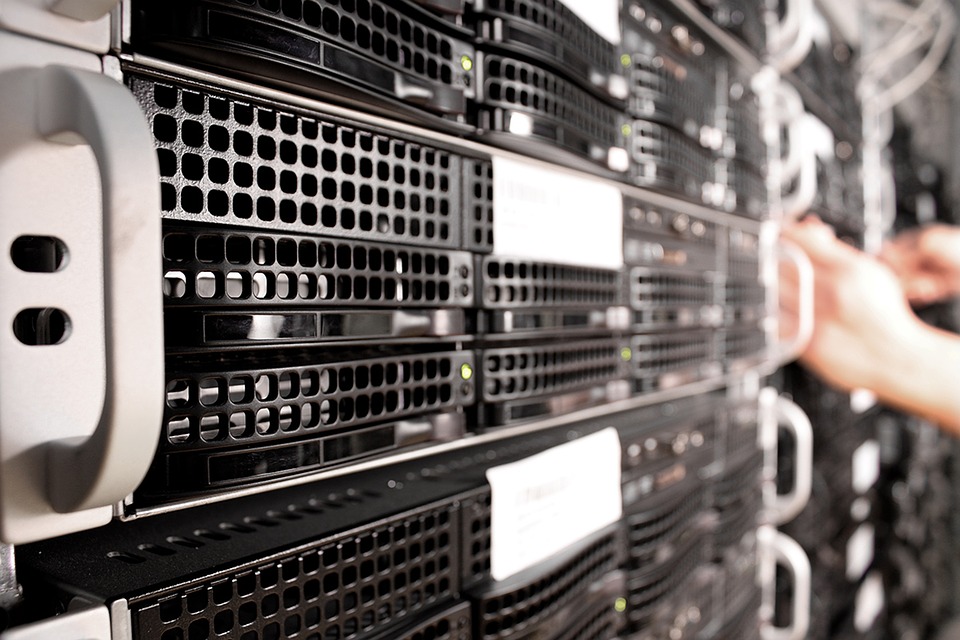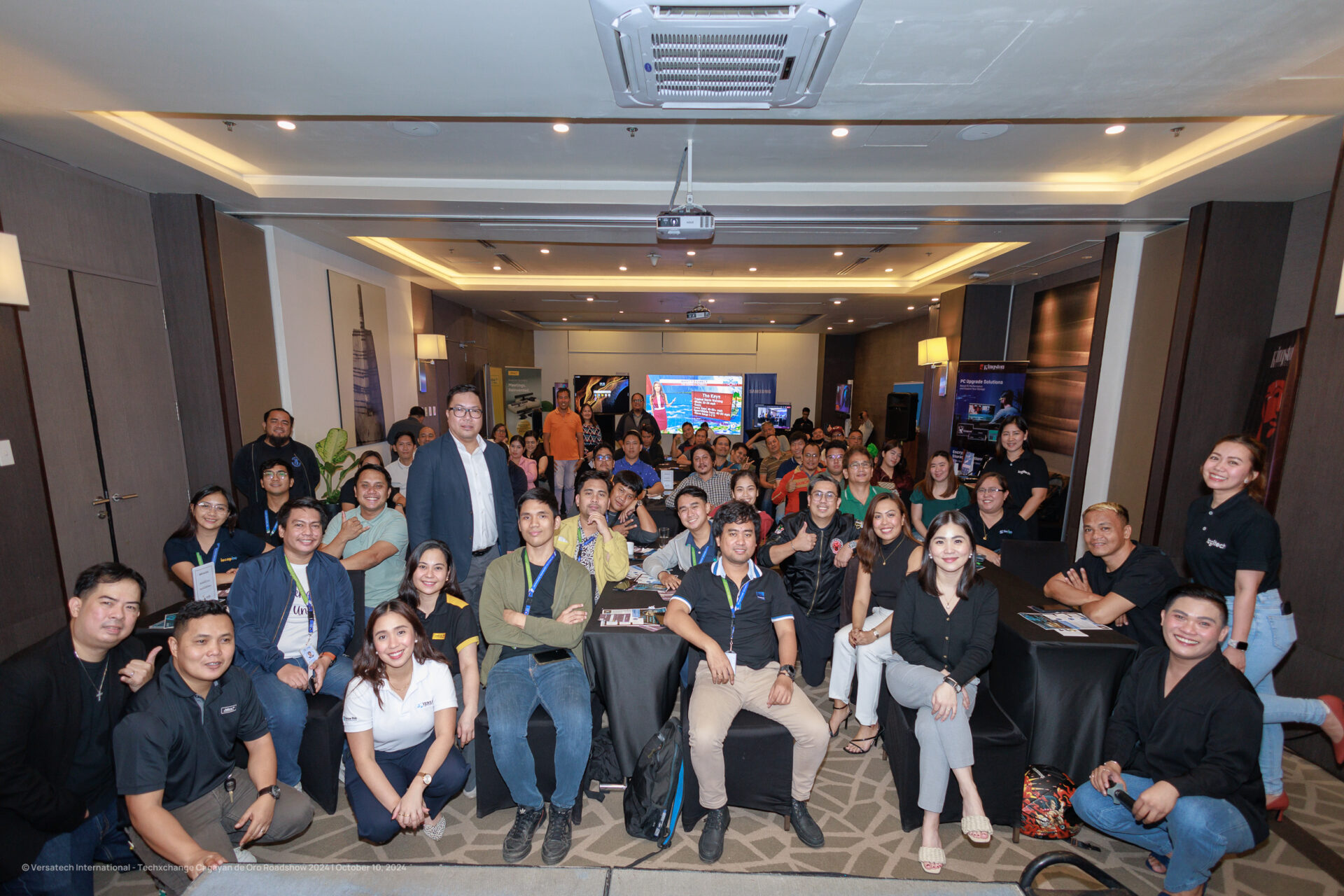Any business network is home to confidential data, whether through server and database access, data-sharing, or even devices on the network.
Confidential and sensitive data is always a risk and those risks are expected to keep growing, especially when it’s customer-data or private employee information. Taking steps to secure your networks and protect data is essential, not only to protecting your organization and its customers, but also to complying with regulation and law for many industries.
While you likely want to outsource network security management to a single solution such as a cloud-based network security as a service solution, it’s also important that you understand what should go into network security.
These 5 aspects of network security will give you a good idea of what you need and why so you can get started.
Network Access Control/ User Access Management
User access management is a basic protective measure for networks, because it ensures only specific people can legitimately access the network. Here, user access management should extend to devices, individual users, user groups, and location. You can do so using either separate technologies such as user access management for users, IPv6 and VPN for location locks, and device access management pins or a single solution in the form of SD-LAN.
Network Access Control is one common tool used to control user access. This tool manages users and devices on a network, collects data on usage, and may alert administrators when specific devices or users behave outside of the norm.
You should also have policies and tools in place to track software and assets connected to the network. This means blocking unauthorized downloads, tracking when new software connects to the network, and to configure how hardware is allowed to connect. If unapproved assets including software or hardware attempt to connect, it should be automatically blocked.
These policies limit how, where, and who can use your network. It will mean more hassle in terms of getting users online, but it will protect the network from unauthorized access, malware, and malicious hardware access. Simple device access management also prevents employees from unknowingly infecting or crashing networks with BYOD devices.
Network Intrusion Prevention
Intrusion prevention policies and tools are crucial to protecting a network from malicious software, hackers, and other types of intrusion or penetration.
Firewall – A firewall is your most basic network protection. This software monitors incoming and outgoing traffic and blocks untrusted sources or traffic. The goal is to prevent known threats or programs or packets similar to known threats from accessing the network.
IPS – Intrusion prevention systems take on the same role as firewalls, but to a significantly higher level. These programs examine and identify network traffic to look for malicious input. When placed behind the firewall, an IPS can actively analyze all incoming traffic to check for specific malicious intents such as vulnerability exploits, target supplication, or code intended to interrupt or control a machine or application. IPS can block programs but may also reset the network connection to protect the network.
Penetration testing – Penetration testing is the process of actively using AI and automation to check your own network vulnerabilities. This allows you to make changes and improve security to solve vulnerabilities before they become problematic.
Many organizations also couple these security measures with tools like multi-factor authentication, remote browsers, and cloud administration to reduce risks as much as possible. Although many organizations don’t need these levels of security, it doesn’t hurt to be safe.
Security Information and Event Management
SIEM or Security Information and Event Management involves monitoring network events to ensure security. Most networks should have at least a SIEM and a RTAS tool.
SIEM – SIEM compiles security event management and security information management into a single tool. When suspicious activity, potential threats, or issues are detected, the SIEM logs information and generates an alert in one action, allowing security to immediately stop the activity or issue.
RTAS – Real-time change auditing solutions monitor users and alert administrators in case of suspicious file or folder activity, user privilege abuse, or inactive accounts.
Network event management allows network managers to actively stop and prevent issues already on the network.
Data Protection and Privacy
Your organization likely handles a great deal of very sensitive data ranging from customer information like credit card numbers to personal data on employees.
Protecting data is your responsibility as an organization. You also likely want to protect organizational data from malicious or human error editing, encryption, or deletion. Data is the most valuable asset for many organizations, and it’s important you have network policies in place to protect it.
This might include technologies such as encryption, backup, and tunneling. It might also include forcing users to access LAN over Virtual Private Network. However, the protocols you use should depend on your organization and its security needs.
Policy Management and Updates
No security measure or policy is useful without continuous ongoing management and updates. This means that the process of reviewing security policy, access management and users, software and tools, updates on software and hardware, hardware access points, and network security is part of network security.
Your organization will change, its users will change, technology constantly changes, and new risks and exploits will constantly arise. Updating network security to meet those needs is crucial to keeping up and protecting your data.
Implementing network security is a complex and time-consuming process that requires ongoing work. For this reason, many businesses outsource network security management to either Cloud-Based Dynamic Security as a Service providers or to Managed IT services providers (MSP).
These solutions allow even small or low-budget organizations to implement quality security across networks, because MPS can implement security protocols and technologies more quickly and more cheaply.






